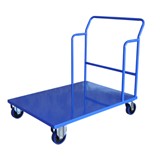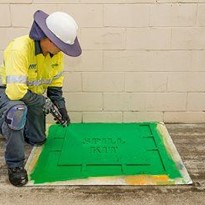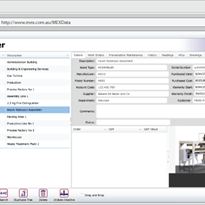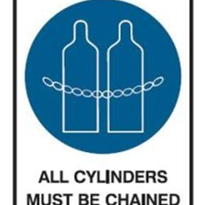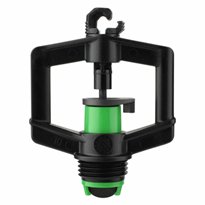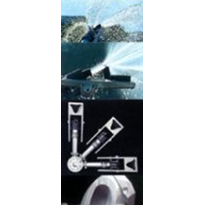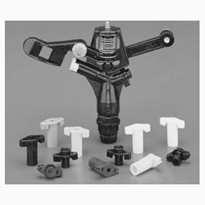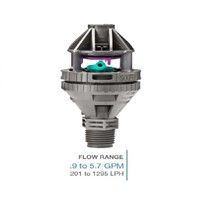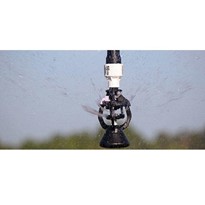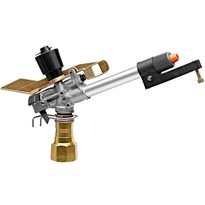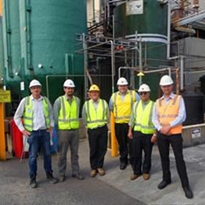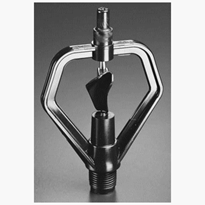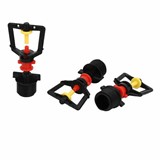It’s a decision which I’m sure will be welcomed by many as it will significantly enhance the safety of these living environments for the State’s older and most vulnerable citizens.
Similar requirements already exist in Victoria and Queensland and these changes to the legislation in NSW are consistent with the Building Code of Australia’s national standard for sprinklers in new aged care buildings which has applied since 2002. Given the tragic consequences of a fire at a Quakers Hill nursing home in November 2011, it is not surprising that many groups, including Council of the Ageing (COTA) the peak policy development, advocacy and representation organisation for older Australians are calling for this legislation to be extended to all nursing homes throughout the country.
According to a media release issued by the Department of Planning & Infrastructure1, a survey of the state’s aged care facilities, commissioned by the NSW Government earlier in 2012, found that around 55 per cent did not have fire sprinklers installed. This figure accounts for approximately 600 aged care facilities, containing some 24,000 beds.
Under the new regulation, operators of Commonwealth accredited aged care facilities will have just 18 months to retrofit sprinklers. Operators who are unable to meet that time frame will be given until January 2016 to complete the installation and will be required to submit six monthly progress reports to the Government’s implementation committee. Many operators are already well advanced in their preparations.
While the cost to retrofit an aged care facility can be significant, automatic sprinkler systems are widely recognised as one of the most effective defence a building can have against the threat of fire. Recently Fire & Rescue NSW held a sprinkler vs non-sprinkler comparison fire test which provides hard evidence of the benefits of these systems. Available to view online at the Fire & Rescue NSW website (http://www.fire.nsw.gov.au/page.php?id=9019), the video clearly demonstrates the impact that they can have in both physically controlling a fire and reducing the risk of injury or fatality by providing occupants with significantly more time to escape.
Sprinkler systems can automatically detect a fire, transmit an alarm to warn occupants and alert the fire brigade, while at the same time acting to control the fire. Put simply, a sprinkler system can be the difference between a minor incident and a devastating blaze. Lives aside, they have the ability to limit fire damage to the property and reduce business interruption. When selecting an aged care facility for elderly relatives, I’m sure safety is top priority for most families. Whether or not the facility has sprinkler systems installed will now be top of mind in this decision making process. Under the new regulation, operators will need to inform residents, prospective residents and families about whether sprinklers are installed and make progress reports publicly available.
Fire safety in any building, regardless of size or purpose, requires careful consideration and expert assessment to determine the most appropriate fire protection solution. Retrofitting as prinkler system in an older building can be a complex project and will take time, so I would urge aged care providers and nursing home facility managers to allow themselves plenty of time to meet the prescribed deadlines.
It is important to note that once installed, automatic sprinkler systems need to be maintained in accordance with relevant legislation, Australian Codes and Standards to ensure they are in proper working order if and when they are required to operate in the event of a fire. This applies to all fire safety equipment within a facility.
While having an appropriate fire protection solution is essential, its impact will be limited if building occupants don’t know how to respond in the event of an emergency. Facility managers must ensure that staff members are also trained in how to use any portable fire protection equipment and how to effectively evacuate in the event of an emergency. This is particularly pertinent in aged care facilities as elderly, unwell and immobile residents will require special assistance to evacuate the building safely.



